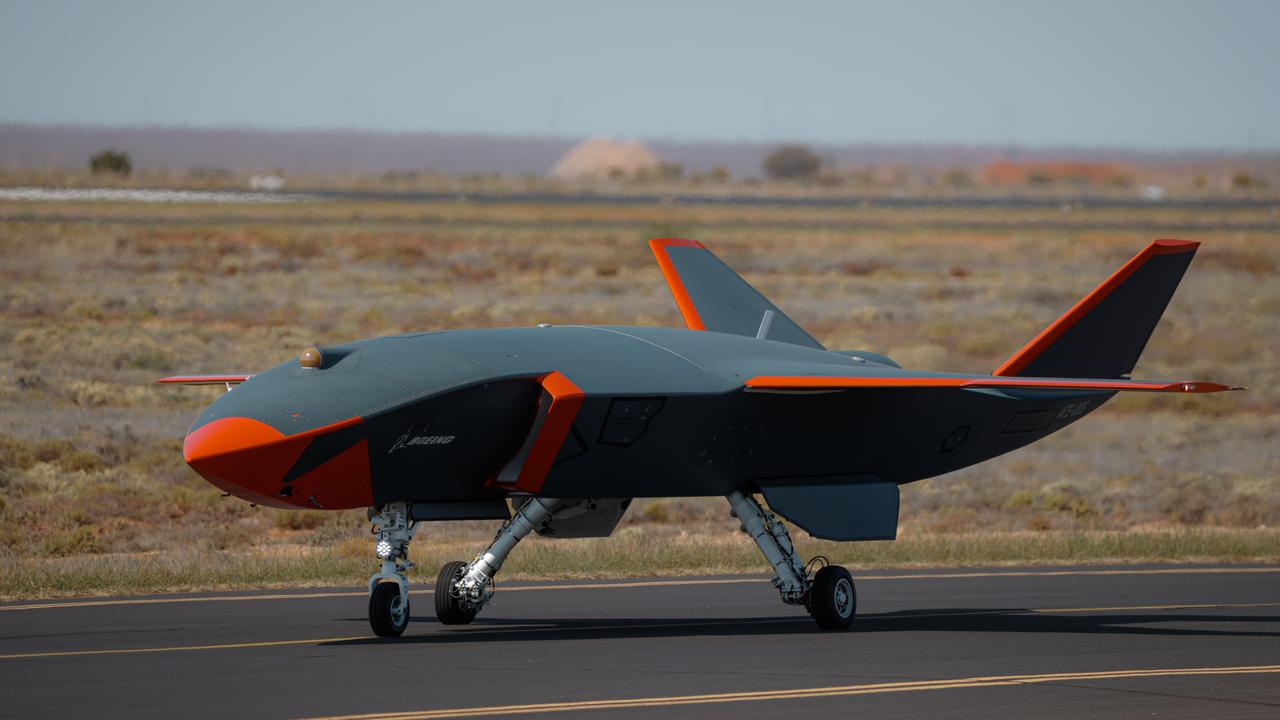Hunter frigate is a ‘proverbial maritime Swiss Army Knife’
The inability to predict the character of future warfare goes to the heart of why a balanced force – that can operate across multiple domains and the full spectrum of conflict – remains vital.

With the recent wars in Europe and the Middle East arriving with little warning, it has shown again the difficulty in forecasting the time, place or character of the next significant conflict.
This inability to predict the character of future warfare goes to the heart of why a balanced force – that can operate across multiple domains and the full spectrum of conflict – remains vital.
There has been significant public discourse about the Hunter-class frigate recently, a healthy debate in a modern democracy. When Hunter was first introduced to me by one of our senior engineers they said: “Don’t think of it as a ship, rather as a submarine that floats.”
This comment is a reference to its stealth, which is fundamental and will allow Hunter to fight, survive and win in the Indo Pacific, where half the world’s submarines are predicted to operate by 2030.

The other two key defining capabilities of Hunter are its world-leading anti-submarine warfare suite and its multi-domain capabilities; Hunter is a proverbial maritime Swiss Army Knife. It will be able to switch roles rapidly from hunting submarines to conducting high intensity air or surface warfare with its world-leading Australian CEAFAR radar, AEGIS combat system and the versatile MK41 missile vertical launch system.
Given the continual changing character of warfare, we are not a company to sit idly by, and we have had a team of Australian engineers developing a new variant of the Hunter frigate since 2022 that will provide significantly increased air and surface warfare capabilities.
Those that originally scoped the Hunter requirements had the foresight to imbue the vessel with stealth and multi-domain capabilities from day one, therefore developing a new variant that prioritises air and surface warfare, with a tripling of its missile fit, is relatively straightforward.
This week at the Indo Pacific Maritime Exposition, we will be talking to customers about this new Guided Missile Frigate, which allows a fleet, composed of two Hunter configurations, to be delivered on a common highly survivable hull.
The new frigate starts with the stealthy Hunter design, removes some anti-submarine systems, reduces the mission bay, while keeping the Seahawk helicopter, CEA radar, AEGIS combat system, MK45 gun and then adds another 64 MK41 missile cells.
This variant then has a total of 96 MK41 launchers, allowing customers to load the ship with a mix of evolved sea sparrow missiles, tomahawk land attack missiles, SM-2 and SM-6 anti-air warfare missiles or the many other effectors that have been integrated into the MK41 system.
The development of this new variant is relatively low cost, as the majority of the engineering effort will be completed for the existing Hunter configuration. This new variant can also deliver substantial lifecycle cost and training benefits due to the common hull, propulsion and combat systems.
If predicting the nature of future conflict remains elusive, then the ability to generate high-end multi-domain effects across the spectrum of conflict is paramount.
A fleet with two distinct Hunter variants that utilise a common digital design is a pragmatic approach to affordability and future uncertainty, while delivering jobs, exports and significant prosperity outcomes for Australia.
-
Ben Hudson is CEO of BAE Systems Australia.


